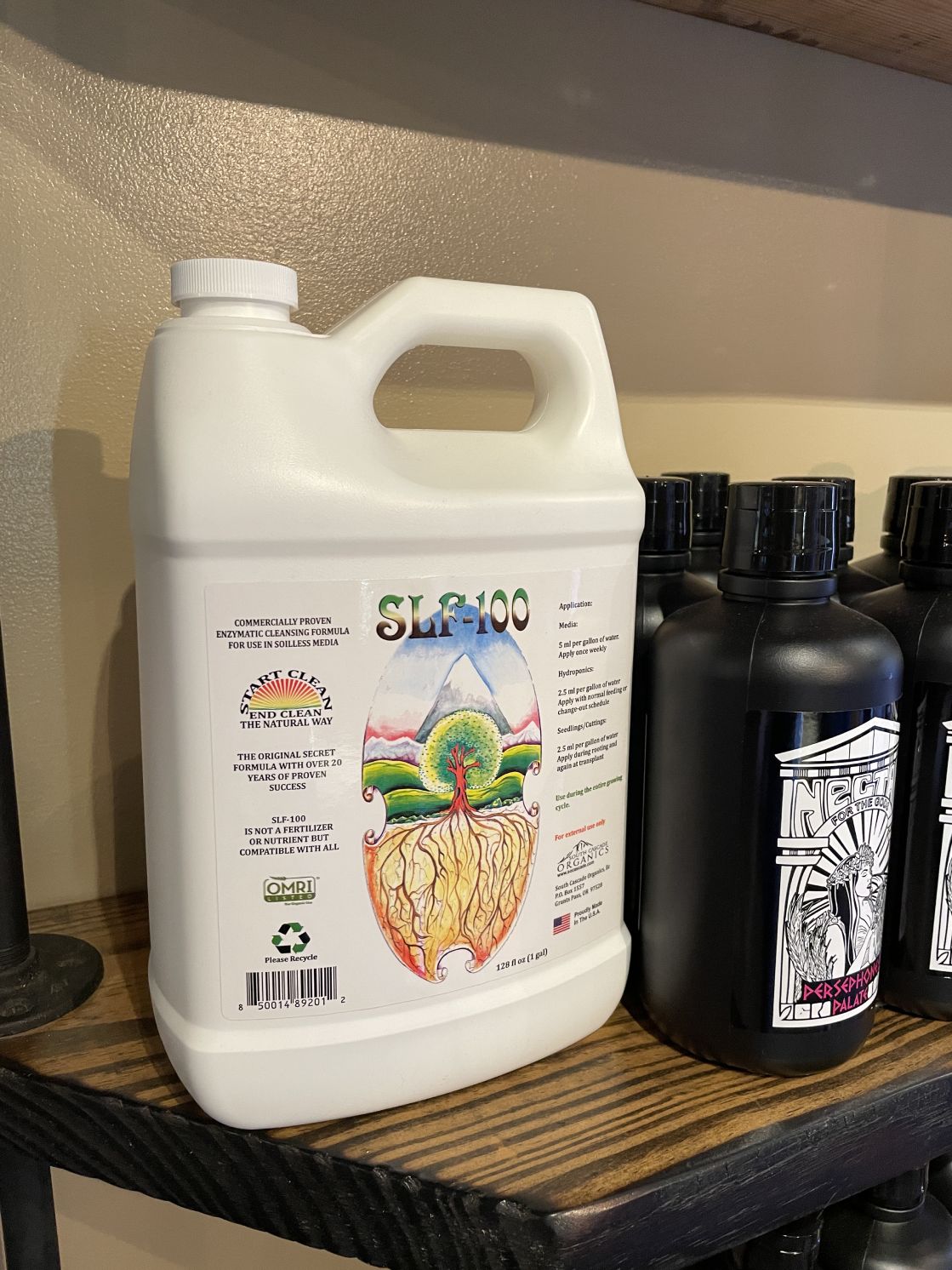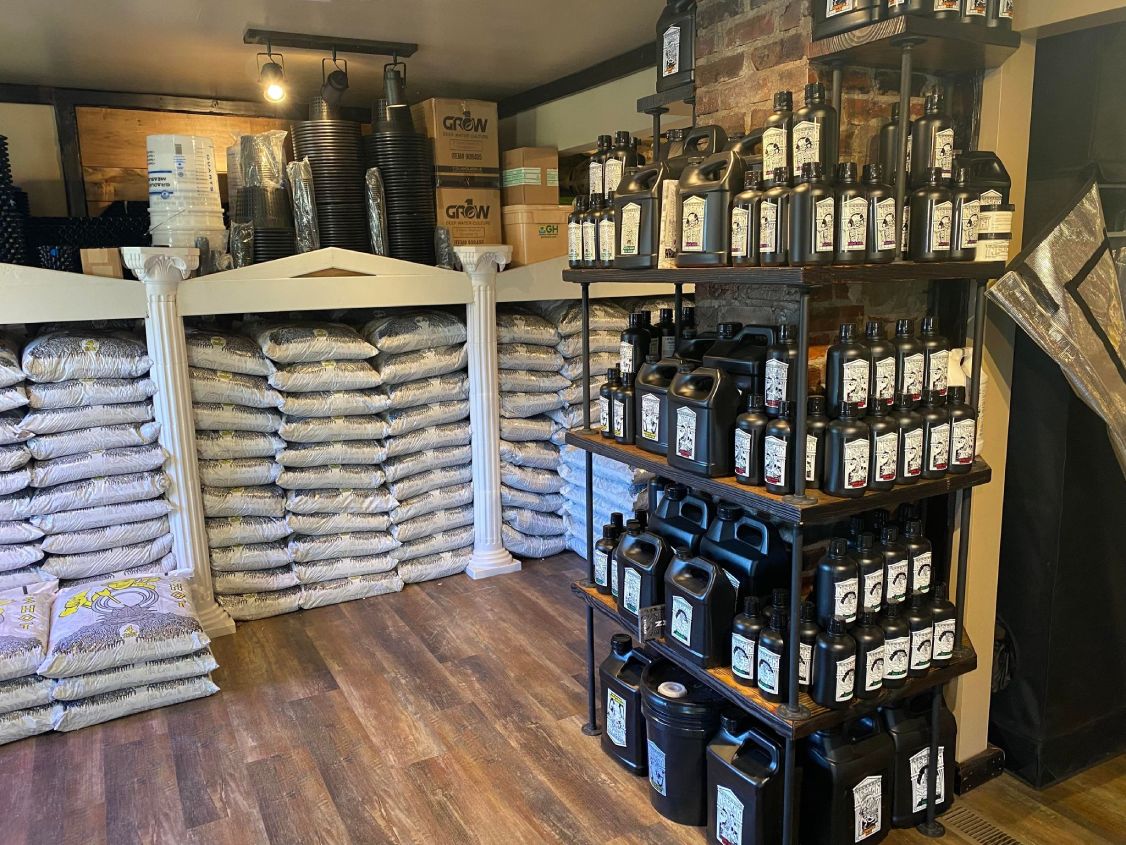Unleash Your Green Thumb: The Indoor Earthworm's Growing Method Demystified
Unleash Your Green Thumb: The Indoor Earthworm's Growing Method Demystified
Blog Article
Opening the Potential of Hydroponics: Recognizing Its Makes Use Of and Different Kinds
Hydroponics, a technique of cultivating plants without dirt, has gathered increasing attention for its potential to reinvent agriculture and horticulture practices. The precision control over nutrient shipment, water usage, and environmental factors supplies a glance into a future where food production can be maximized in numerous setups. As we navigate with the intricate landscape of hydroponic systems and techniques, it comes to be obvious that each approach holds unique benefits and constraints. By unwinding the diverse uses and kinds of hydroponics, we can uncover a world of possibilities that might improve how we visualize sustainable farming and gardening practices.
Benefits of Hydroponic Equipments

An additional advantage of hydroponic systems is the capability to expand plants in a smaller sized room. Hydroponic systems minimize the danger of soil-borne diseases and pests, as there is no dirt to harbor these hazards.
Common Makes Use Of in Farming

Offered the reliable water conservation and space-saving advantages of hydroponic systems, it is noticeable that these cutting-edge agricultural methods have found usual usages in numerous markets of farming. In conventional agriculture, soil-based farming can be land-consuming and labor-intensive. Hydroponics uses a remedy by permitting crops to be grown without soil, lowering water usage by approximately 90% compared to traditional farming approaches. This makes hydroponics particularly appropriate for areas encountering water shortage or restricted cultivatable land. The regulated atmosphere of hydroponic systems makes it possible for year-round farming, providing a regular supply of fresh fruit and vegetables no matter of outside weather condition problems.
Hydroponics is frequently utilized for expanding a variety of plants, including leafed greens, tomatoes, cucumbers, herbs, peppers, and strawberries. Its flexibility expands to upright farming, urban agriculture, and greenhouse production. In addition, hydroponic systems are used in study and educational setups to research plant nutrition, cultivation, and development techniques. The flexibility and performance of hydroponics make it a beneficial device in modern agriculture, addressing the obstacles of sustainability, food safety and security, and source optimization.
Exploring Various Hydroponic Techniques
Hydroponic systems offer a range of methods that provide to various plant types and cultivation goals. Furthermore, the Ebb and Flow system, likewise understood as the Flooding and Drain system, periodically floodings the plant roots with nutrient option, enabling for oxygenation during draining pipes durations. Each of these strategies showcases the flexibility and efficiency of hydroponic systems in enhancing crop growth and yield.
Comparing Different Hydroponic Equipments
Discovering the performance and yield enhancement techniques in hydroponics leads us to contrast different hydroponic systems available for plant farming. Each hydroponic system has its special attributes, benefits, and restrictions, making it important for farmers to choose over at this website the most suitable system based on their certain requirements and restrictions.
Among one of the most usual hydroponic systems is the nutrient movie technique (NFT), where a thin film of nutrient service continuously flows over the plant origins. This system is valued for its water effectiveness and viability for growing leafy eco-friendlies and herbs. In contrast, the deep water culture (DWC) system submerges plant roots directly right into the nutrient solution, providing enough oxygen and nutrients. The DWC system is economical and fairly straightforward, making it a prominent choice for newbies.
One more prominent hydroponic system is the ebb and flow (or flooding and drainpipe) system, which periodically floodings the plant origins with nutrient option prior to draining it. By recognizing the distinctions in between these hydroponic systems, cultivators can make informed decisions to maximize crop return and high quality.
Advancements in Hydroponic Modern Technology
With improvements in hydroponic innovation, the agricultural market is witnessing a change in the direction of more sustainable and efficient farming methods. Advancements in hydroponic modern technology are reinventing the means plants are expanded by optimizing yields, saving resources, and reducing ecological impact. One key advancement is the development of wise hydroponic systems that use sensing units and automation to monitor and readjust ecological problems such as pH levels, nutrient focus, and light direct exposure in real-time. These systems enable exact control over growing problems, bring about ideal plant development and greater plant returns.
Another notable development is the combination of upright farming strategies with hydroponic systems, permitting the growing of plants in piled layers. This upright method optimizes area application, making it suitable for metropolitan environments where land schedule is limited - The Indoor Earthworm. Furthermore, using innovative LED lights systems customized to specific plant demands has enhanced energy performance and enhanced growth rates in hydroponic arrangements
Developments like these are driving the development of hydroponics, making important link it a extremely eye-catching and lasting choice for contemporary agriculture.
Final Thought
In conclusion, hydroponics supplies countless advantages in farming and has different methods and systems that can be used to optimize its possibility. Technologies in hydroponic technology proceed to boost efficiency and sustainability in food manufacturing. By recognizing the usages and various types of hydroponic systems, growers and farmers can unlock the full possibility of this cutting-edge method of expanding plants without dirt.
In addition, hydroponic systems allow for much better control over nutrient levels, pH equilibrium, and environmental problems, leading to healthier plants and greater yields.

Report this page